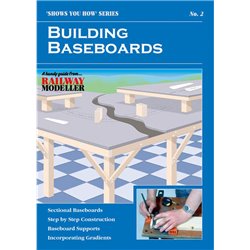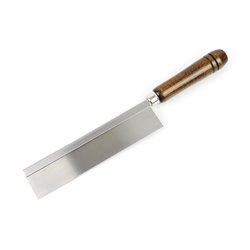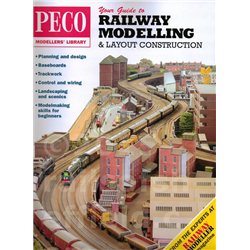Mainline Railways was a British model railway brand that operated between 1976 and 1983, introduced by Palitoy, the...
No products
Product successfully added to your shopping cart
There are 0 items in your cart. There is 1 item in your cart.
Search Tips
What is the best wood for baseboards?
The most common wood for baseboards is probably chipboard as this is relatively inexpensive.
Plywood is another alternative but is slightly more expensive.
Stay clear of MDF as it absorbs moisture and needs to be sealed. MDF is also difficult to pin into and is dangerous to health when cut (dust is toxic).
It is best to build a frame for your baseboard to sit on, using lengths of 2-inch x 1-inch battens. Running the length of the baseboard on each side and one through the centre, with cross-members approximately every 12 inches for extra support. As you need a good solid base that is not going to sag to make sure everything is level and trains run perfectly.
You can make the baseboard to whatever size you like depending on the space you have available.
I have mine on two, four feet by two feet boards. This is handy, should I ever have to dismantle the layout and move it to another location as I can carry each board on my own and they fit in the back of most cars.
There is no limit to the amount of sections you can have, I intend to make more sections to extend my layout and in time fill my entire loft.
Click here to receive the tips weekly in your mailbox. You can unsubscribe at any time.










